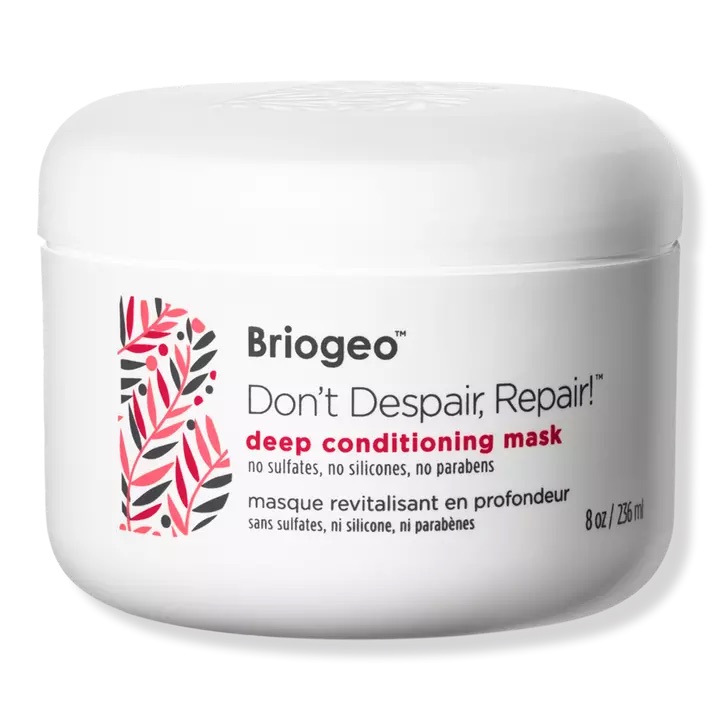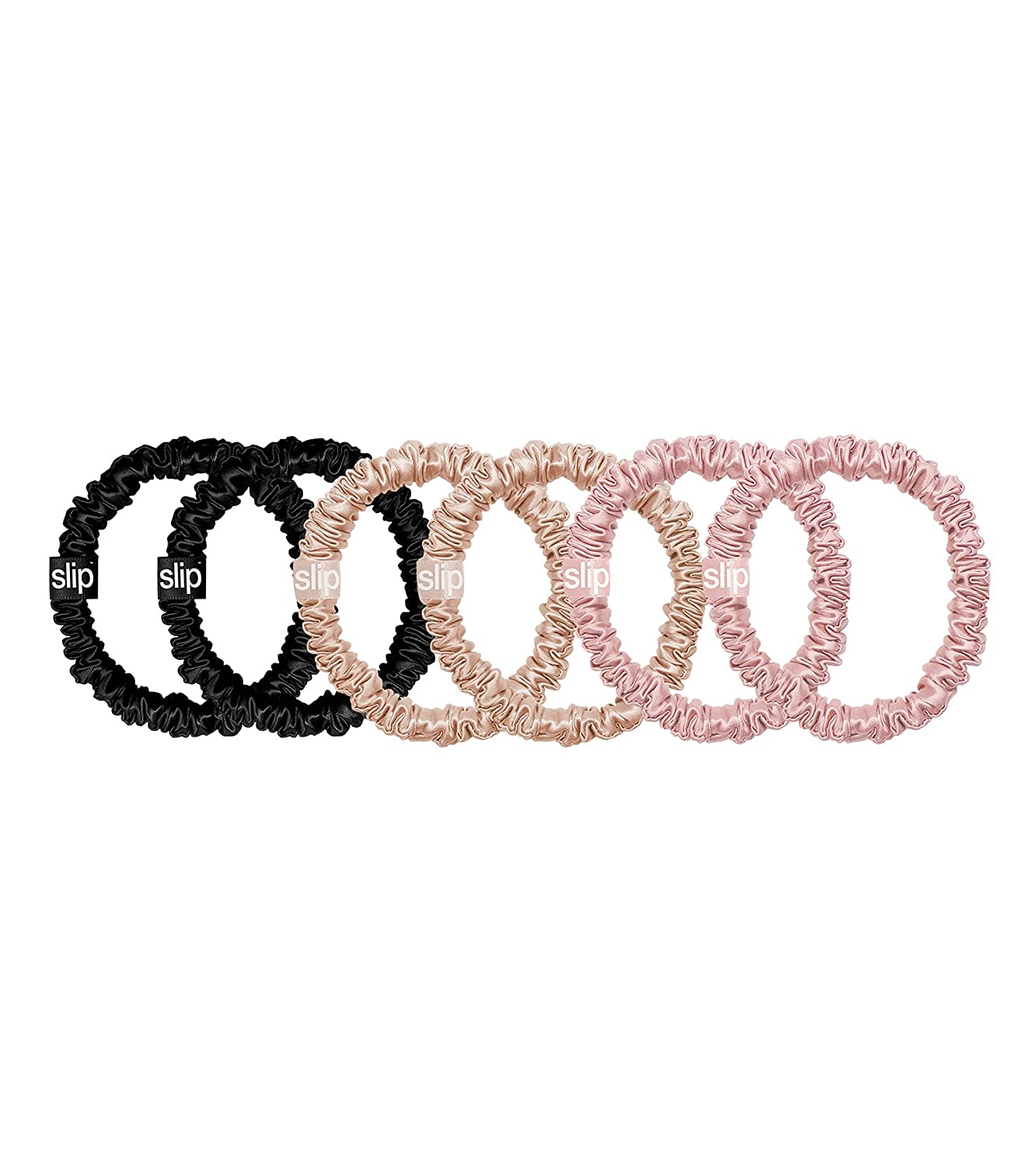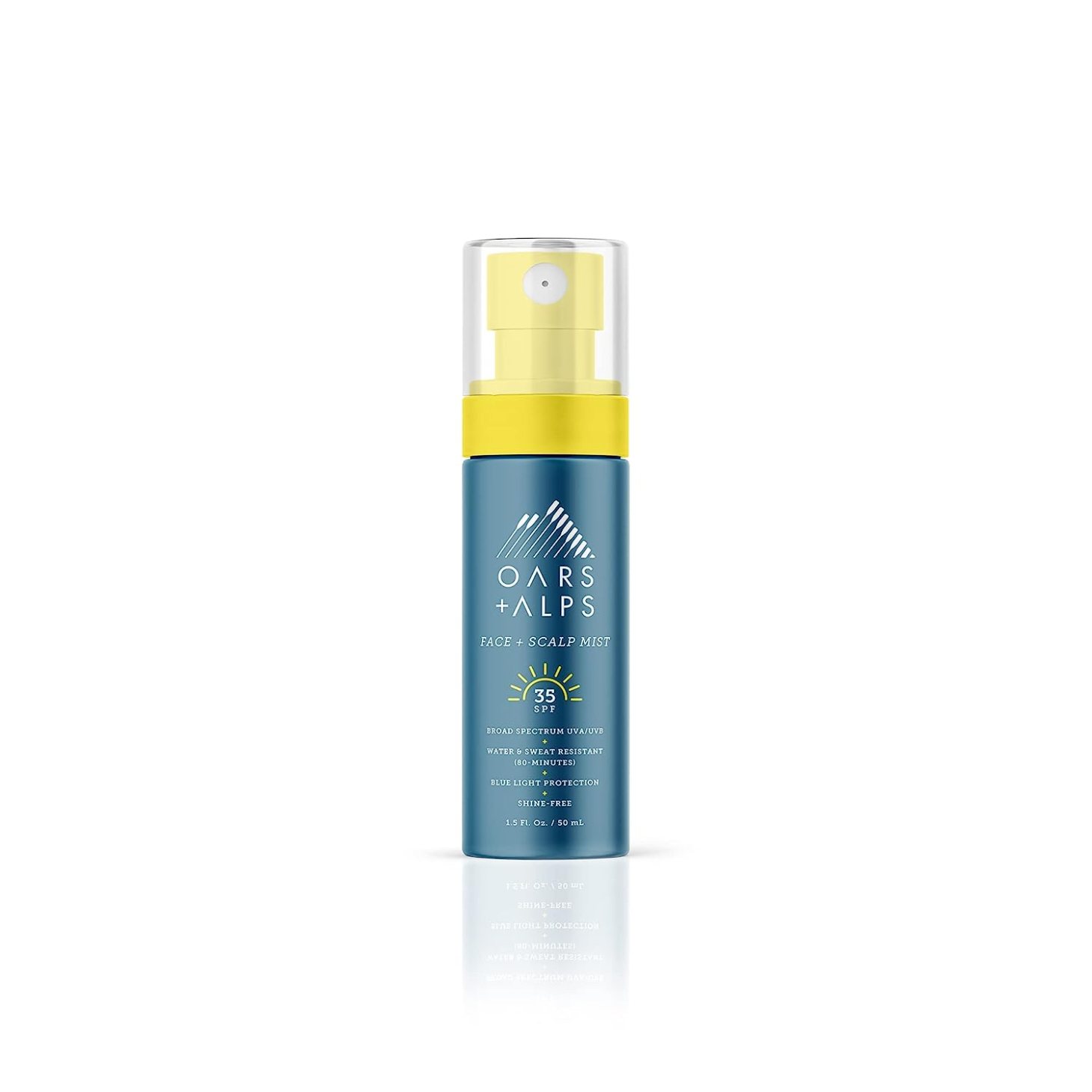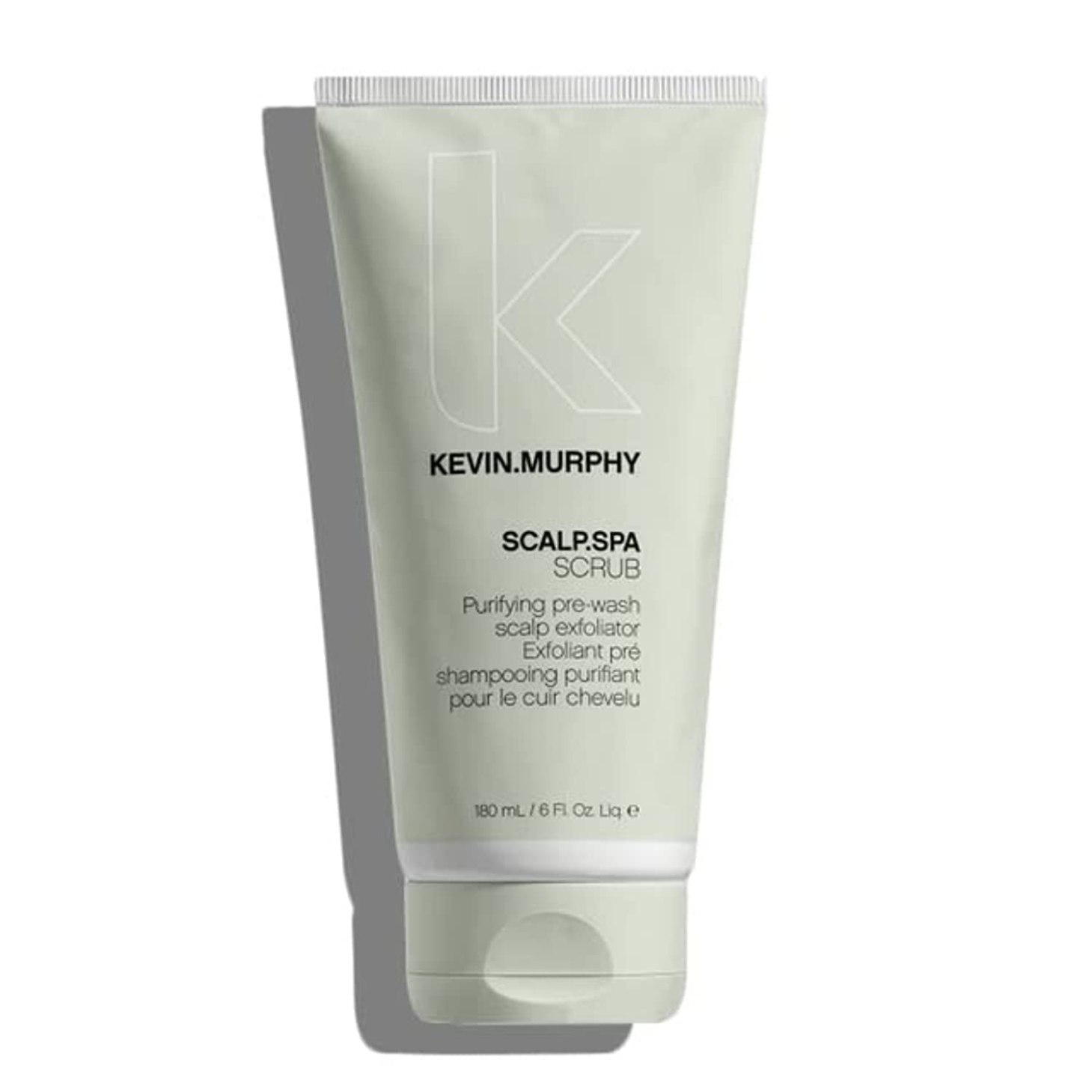10 Things a Dermatologist, Trichologist, and Hairstylist Would Never, Ever Do to Thinning Hair
If you're noticing you can see more patches of your scalp than usual, there's a chance you're experiencing hair thinning. Unlike hair shedding, where your hair simply falls out, thinning occurs when strands get thinner before starting to drop off, and unfortunately, it's pretty common. In fact, roughly 50 percent of women will experience some form of hair thinning or loss in their lifetime, says Kerry Yates, a trichologist and founder of the Colour Collective. While products for hair thinning exist (leave-in treatments, hair supplements, and shampoos for thinning hair), lifestyle changes are needed to avert a potential scalp crisis.
- Kerry Yates, trichologist, hair expert, and CEO of Colour Collective
- Lindsey Zubritsky, MD, FAAD, board-certified dermatologist in Pittsburgh
- Shelly Aguirre, a Chicago-based hairstylist at Maxine Salon.
But first, what causes hair thinning? For starters, "hormonal changes can disrupt the hair life cycle, decreasing the growth cycle while extending the resting cycle," says Yates. Tack on aggressive dieting and extreme stress, which can alter your hormone levels and cause hair fallout with no regrowth. If you're thinking "My hair is so thin I can see my scalp," Yates says there are things you can do to prevent any more fallout and promote growth and hair longevity. Here's what she wants you to know.
10 things to stop doing to thinning hair
1. Wearing tight hairstyles
A tight bun or pulled-back ponytail can give a sleek and sophisticated look, but the constant pulling can exacerbate hair thinning. "In some cases, it can even damage the follicle creating scarring," says Yates. It's the excess scarring that can prevent the hair from regenerating, leading to hair loss or a receding hairline. Instead, Yates recommends parting your hair on the side and softly pulling the hair back into a ponytail at the nape, aka the back of your neck.
{{post.sponsorText}}
2. Applying a ton of heat
"I recommend avoiding heat styling as much as possible," says Lindsey Zubritsky, MD, a board-certified dermatologist in O'Hara Township, Pennsylvania. This is especially true in the warmer months when there is already heat in the air, which typically means hair dries faster and smoother, so you may not even need your blowdryer. If you have to use hot tools (we get it!), Dr. Zubritsky recommends using a hair mask one or two times a week. The extra-nourishing ingredients from the mask will help repair damage and add hydration to dry ends, she says. She really likes the Briogeo Don’t Despair, Repair Deep Conditioning Hair Mask ($15 to $124) which uses rosehip oil, algae extract, B vitamins, and almond oil to strengthen damaged hair and prevent future damage.
3. Using metal hair ties
The last thing we want is to accidentally pull out hair strands. To avert fallen hair, you'll want to avoid using accessories like metal hair ties because they can play a tug-of-war on your strands. Instead, opt for silk hair ties, like the Slip Silk Skinnie Scrunchies ($39) which are gentler than metal ones and don't cause as much tangle, recommends Shelly Aguirre, a Chicago-based stylist at Maxine Salon. You can also try clips for thinning hair like the Teleties Medium Hair Clip ($13) which pull hair back with less tension than a hair tie.
4. Skipping UV protection on your scalp
Your scalp is just as sensitive to UV damage as any other area of your skin. Since you're likely spending more time outside during the spring and summer, you'll want to protect your scalp accordingly. "Neutrogena's Healthy Scalp Rapid Renewal Shampoo and Conditioner ($23) is a great option to switch in during these months when you're outside in the sun," Dr. Zubritsky says. The key ingredient in this shampoo and conditioner duo is pea protein, which she says "repair and help protect hair against UV damage." When you're spending time out in the sun, you'll also want to apply a scalp SPF. Grab the Oars + Alps Face + Scalp Mist with SPF 35 ($16), which just won a Well+Good SPF Award for Best Scalp SPF. It's a chemical formula so it's totally sheer and not greasy.
5. Excessively using dry shampoo
Just like facial skin, hair needs to be washed regularly. However, dry shampooing your hair in lieu of actual hair washing can have some consequences for already thinning hair. For example, it can clog hair follicles, which can cause permanent damage leading to hair loss, says Yates. Instead, be sure to regularly wash your hair as often as needed for your hair type (it can range from daily to every 10 days). And consider upping how often you shampoo if you're sweating a ton. "If you are active, consider increasing the frequency of your hair washing to remove any oil, sebum, debris, and chlorine from your hair," Dr. Zubritsky says.
6. Skipping scalp exfoliation
For those looking to stimulate hair growth, it's all about giving your follicles room to breathe and increasing blood circulation to the scalp. And during the months when sweat and pollution exposure is at an all-time high, regularly clearing buildup becomes extra important. "I recommend using a scalp scrub several times a week to remove dead skin cells and residue, and unclog pores," says Dr. Zubritsky. Not only will this clear out any grime and buildup, but "the actual acts of scrubbing and massaging the scalp can stimulate blood circulation and oxygen to the hair follicle, which can help stimulate hair growth," she adds. She's a fan of the Kevin Murphy Scalp.Spa Scrub ($19), a pre-shampoo mask that removes scalp build-up.
7. Aggressivly scratching
Another thing to watch out for is aggressive or prolonged scratching in the same area, which causes skin inflammation and hair follicle damage, says Yates. If you are a scratcher, she encourages you to visit a doctor to get to the root (no pun intended) of your scratching. "Solve the itch and save your hair," she says. Combing your hair can also mimic scratching, so you'll also want to dial back on aggressive brushing, too.
8. Wearing hats too often
Believe it or not, wearing a hat repeatedly can make thinning worse. That's because it causes repetitive friction, especially if worn for consecutive days. "This type of friction can cause the pulling of the hair, which can lead to inflammation of the follicle," says Yates. Follicle damage means bad business for your strands.
9. Washing hair with hot water
Especially in the warmer months, it's crucial that we don't expose our thin hair to any extra heat, because hot water can leave your scalp feeling itchy and dry, which pros say can prevent optimal hair growth. That's why Dr. Zubritsky recommends keeping the temperature of your shower "between 98°F and 105°F" (which will feel warm instead of hot). This temperature is ideal for washing and won't cause dryness, irritation, or damage to our hair and scalp.
10. Using chemical treatments too often
Excessive chemical use through hair dye or chemical relaxers can inflame and irritate the scalp, leaving the follicles vulnerable to damage. "To prevent over-processing, try to limit chemical treatments on the scalp to every four to six weeks," says Yates.
Loading More Posts...





